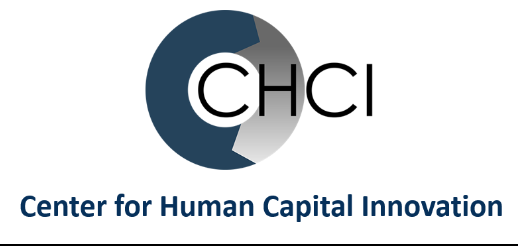Over the centuries, through overt and subtle words, advertising, the media, movies, books, leader behaviors, and the like, the colors black and brown have become associated with dirt and negativity, while goodness and cleanliness have attached to the color white.
Oppressors have long used the color of people’s skin to reinforce power and to justify horrific deeds. As a result, people with more generous amounts of melanin identify as black and have created a black culture. They face more challenges and greater odds of dying at the hands of police. Many people with little to no melanin consider those with more melanin less intelligent, and less capable of physical and emotional feelings, even though melanin has no bearing on these things.
Scientists have played no small part in creating these fictions. Science and pseudo-experimentation, including eugenics have deliberately supported and championed racism or turned a blind eye.
Of late, however, because of shifting demographics, American leaders have begun to encourage black and brown youth to enter the STEM disciplines (Science, Technology, Engineering and Math). This is for fear of having too few scientists and falling behind competitor nations.
- Workforce diversity – by race, religion, age, gender, sexual orientation, and other factors – is increasing in most nations and regions.
- Diversity just happens – often with little or no effort – in most organizations.
- “Inclusion” can be challenging, but usually results in heightened creativity, better decision- making and a more resilient organization.
-
When women, gays or people of color must act like straight white men to get ahead, their psyches and performance suffer.
- “Diversity 101” emphasizes compliance and enforcement. It doesn’t work.
- Diversity programs at the “Inclusion 2.0” level promote mandatory training, mentoring and integration, but they aren’t sustainable.
- “Inclusion 3.0” aligns to business results; it asks for participation, but doesn’t require it.
- Leaders join Inclusion 3.0 willingly for business and ethical reasons.
- Inclusion 3.0 emphasizes differences in perspective, not sameness.
-
Don’t separate diversity and inlclusion (D&I) from mainstream business operations – integrate it so it adds value, but not cost, distraction or aggravation.
Request More Information


